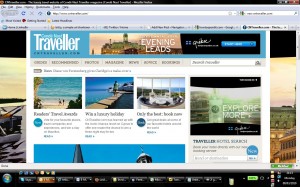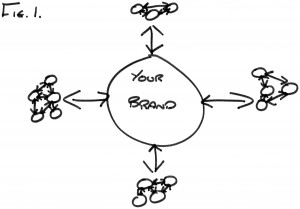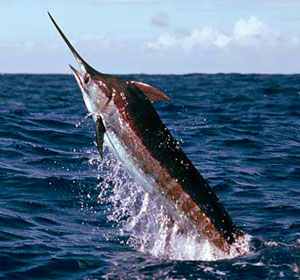Online display advertising has always been a ‘nice to have’ rather than a ‘must have’ in my own promotional plans. But recent developments have prompted me to re-think my position – in fact, its poised to make a leap between the 2 camps.
I must admit that online advertising is one of those disciplines I’ve probably misjudged.
I remember having a conversation with a senior online marketer at TUI 5 or 6 years ago in which he revealed to me that online advertising was very much an after thought in his digital marketing mix, trailing in a poor third behind search and affiliate activity.
That impression has stayed with me ever since, and although I’ve dabbled, I’ve never found the results so compelling as to make me divert significant budgets from other activity.
But new research is leading me to reappraise my opinion for 2 reasons. First of all, I’ve been too simplistic in the way I’ve been measuring it. Secondly, the targeting options are getting ever more sophisticated.
Let’s tackle the measurement issue first and let’s be frank, the click thru rates for online ads are not that great – somewhere in the region of 0.1% is the industry average and your search campaign is probably delivering at least 10 times that. So surely it makes no sense to divert any budget from search to online advertising, right? But that’s precisely what some recent research would suggest that you do.
The argument is that search works at the sharp end of the purchase funnel, so targets those most likely to convert. The problem with taking a pure search approach is that consumers may already have formed brand preferences by then, making it hard to for you to change their mind so far down the track. It’s also super competitive down at that end of the funnel – who hasn’t already invested in search engine optimisation and PPC?
Online advertising, however, has more impact at the wide end of the funnel – in fact, it pulls people into the funnel in the first place, which in turn, makes your search campaign more effective as you’ve built awareness and hopefully preference before they see your search ad.

New ad formats like on cntraveller.com also make online advertising more attractive
‘Sounds logical but where’s the evidence’ I hear you cry. Well Eyeblaster conducted some research in the US and found that across all business sectors for those businesses running cross channel search and display ads, 23% of the conversions came from search only and 5% came from search and display. 5% may not sound much but effectively online advertising is making search campaigns 20-25% more effective, and that’s on top of the conversions the campaigns are delivering themselves.
And of course online advertising is doing things other than deliver conversions and make your search campaign work harder. It’s building awareness and shaping preferences, if done in the right way.
OK – that’s the measurement issue dealt with so let’s move onto targeting. Put simply, the options available are becoming more and more specific and hence more and more attractive, especially if you’re a smaller or medium sized business without huge sums to throw around.
These days publishers and ad networks (organisations that sell advertising on a range of sites, often in addition to the publishers themselves) offer a range of targeting options from geographic, to contextual (i.e. content on the page relevant to your offering), to demographic to behavioural (i.e. interested based, from data collected anonymously on the individual’s browsing habits). And in some instances, you combine 2, more or all of the above.
Imagine as a tourism attraction being able to target your marketing geographically (within 30 miles of your attraction), demographically (families) and contextually (things to do locally) – you’re going to be in front of a highly targeted audience.
However, it’s with behavioural targeting that things get really interesting. Take the service offered by Struq. It uses information collected from web browsing behaviour, combined with 3rd party data, to deliver what it calls ‘totally personalised’ ads. Try the online demo and you can see what I mean – not only can the system ensure your ad is delivered to the right audience but it personalises the ad aswell.
Behavioural targeting has had a bit of a bad press – if you’re curious just google ‘Phorm’ (in fact, I’ve done it for you) and you’ll see what I mean – but it’s nothing new. How on earth do you think that Amazon works out which books to recommend (although as my wife and I both use the same PC it offers up a strange mix of historical non-fiction, marketing text books and chick-lit)? Once people understand the anonymity of the data, how to opt out and realise that it makes the web more relevant for them, objections are likely to fade away.
So my advice – free up some budget for online advertising, explore the options and see what it delivers. And by that I don’t mean click thrus or acquisitions alone – look at how it influences the effectiveness of your search campaign and whether it drives an increase in your branded search traffic. My guess is that you won’t regret it.












